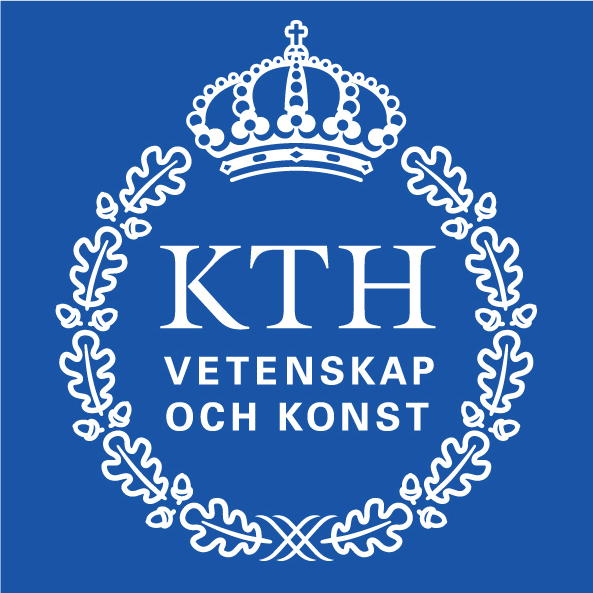Hierarchical Fingertip Space: A Unified Framework for Grasp Planning and In-Hand Grasp Adaptation
We present a unified framework for grasp planning and in-hand grasp adaptation using visual, tactile and proprioceptive feedback. The main objective of the proposed framework is to enable fingertip grasping and address problems of changed weight of the object, slippage and external disturbances. For this purpose, we introduce Hierarchical Fingertip Space (HFTS) concept as a representation enabling optimization for efficient grasp synthesis. Grasp synthesis is followed by a grasp adaptation step that consists of both grasp force adaptation through impedance control and regrasping/finger gaiting when the former is not sufficient. Experimental evaluation is conducted on an Allegro hand mounted on a Kuka LWR arm.
On the Evolution of Fingertip Grasping Manifolds
Efficient and accurate planning of fingertip grasps is essential for dexterous in-hand manipulation. In this work, we present a system for fingertip grasp planning that incrementally learns a heuristic for hand reachability and multi-fingered inverse kinematics. The system consists of an online execution module and an offline optimization module. During execution the system plans and executes fingertip grasps using Canny’s grasp quality metric and a learned random forest based hand reachability heuristic. In the offline module, this heuristic is improved based on a grasping manifold that is incrementally learned from the experiences collected during execution. The system is evaluated both in simulation and on a Schunk-SDH dexterous hand mounted on a KUKA-KR5 arm. We show that, as the grasping manifold is adapted to the system’s experiences, the heuristic becomes more accurate, which results in an improved performance of the execution module. The improvement is not only observed for experienced objects, but also for previously unknown objects of similar sizes.
TEAM CVAP, Amazon Picking Challenge, Seattle, USA, 2015
Role in the team:
A. Responsible for grasp planning and motion planning
B. Responsible for robot localization and navigation
Team: Alessandro Pieropan, Kaiyu Hang, Francisco Viña, Karl Pauwels, Michele Colledanchise and Johannes A. Stork
A. Responsible for grasp planning and motion planning
B. Responsible for robot localization and navigation
Team: Alessandro Pieropan, Kaiyu Hang, Francisco Viña, Karl Pauwels, Michele Colledanchise and Johannes A. Stork
Combinatorial Optimization for Hierarchical Contact-level Grasping
We address the problem of generating force-closed point contact grasps on complex surfaces and model it as a combinatorial optimization problem. Using a multilevel refinement metaheuristic, we maximize the quality of a grasp subject to a reachability constraint by recursively forming a hierarchy of increasingly coarser optimization problems. A grasp is initialized at the top of the hierarchy and then locally refined until convergence at each level. Our approach efficiently addresses the high dimensional problem of synthesizing stable point contact grasps while resulting in stable grasps from
arbitrary initial configurations. Compared to a sampling-based approach, our method yields grasps with higher grasp quality. Empirical results are presented for a set of different objects. We investigate the number of levels in the hierarchy, the computational complexity, and the performance relative to a random sampling baseline approach.
Grasp Moduli Spaces
We present a new approach for modelling grasping using an integrated space of grasps and shapes. In particular, we introduce an infinite dimensional space, the Grasp Moduli Space, which represents shapes and grasps in a continuous manner. We define a metric on this space allowing us to formalize
‘nearby’ grasp/shape configurations and we discuss continuous deformations of such configurations. We work in particular with surfaces with cylindrical coordinates and analyse the stability of a popular L1 grasp quality measure Ql under continuous deformations of shapes and grasps. We experimentally determine bounds on the maximal change of Ql in a small neighbourhood around stable grasps with grasp quality above a threshold. In the case of surfaces of revolution, we determine stable grasps which correspond to grasps used by humans and develop an efficient algorithm for generating those grasps in the case of three contact points. We show that sufficiently stable grasps stay stable under small deformations. For larger deformations, we develop
a gradient-based method that can transfer stable grasps between different surfaces. Additionally, we show in experiments that our gradient method can be used to find stable grasps on arbitrary surfaces with cylindrical coordinates by deforming such surfaces towards a corresponding ‘canonical’ surface of revolution.

